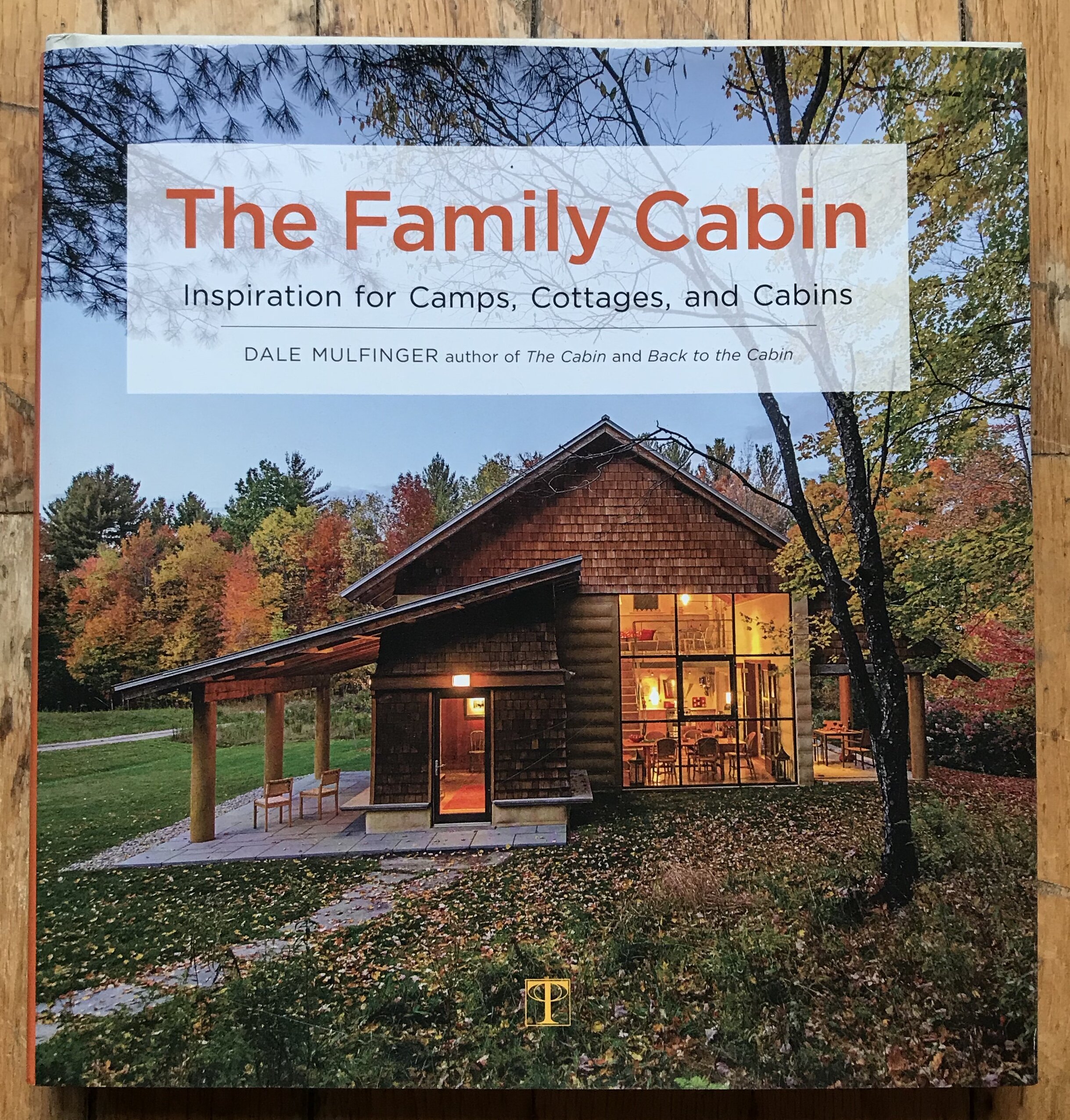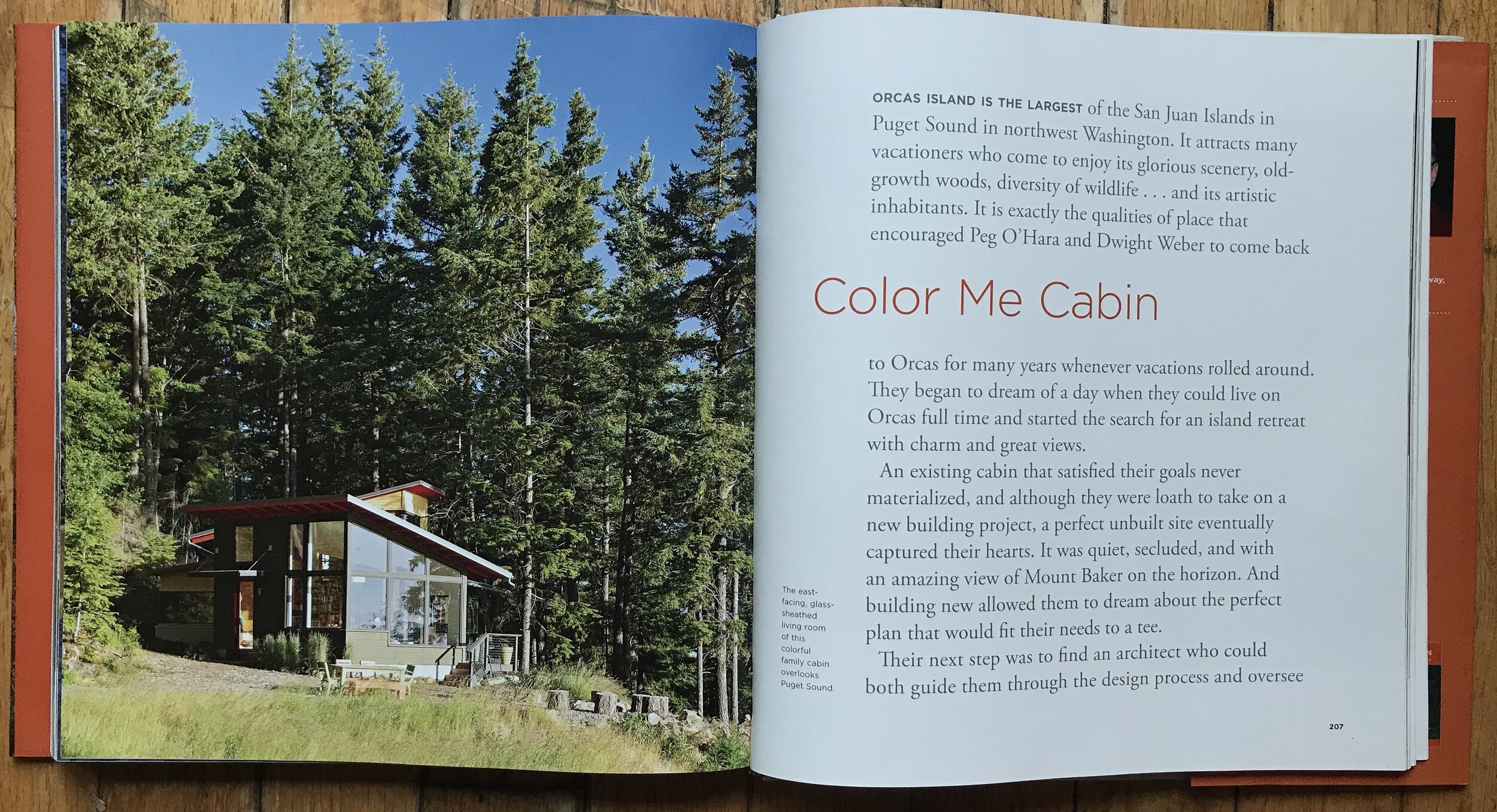Why do we build houses?
Once upon a time we considered where we positioned our bodies in the natural environment and how to use things like sunlight and shade in order to be comfortable. We put something over head to block the rain or lived in a hole to beat the heat.
But as we developed as animals and our technology progressed we discovered fossil fuels. In came the industrial revolution and it became easy to adjust our environment and live wherever we wanted. We could now build anywhere and just burn a lot of coal in a furnace and blast our living spaces with heat. But burning coal made our air dirty and we realized that we only have a finite amount of non renewable fuel and some day we will run out. The cost of energy rose and we started looking at other options for comfort.
We rediscovered passive building ideas.
But why would we let go of what we learned these past few centuries? We aren’t interested in living in caves again. Our thought process went back to the basics but we allowed science to take our construction in a new direction. In a nutshell we are using building science to develop high tech materials and methods that work naturally (passively) with the laws of physics in our battle against the elements so we can still put our houses where we want them and maintain comfort. We aren’t willing to go backwards with comfort so we go forward with the technology.
Now it's fairly easy to make a house more efficient by just adding more insulation and paying close attention to details like tighter seals on windows and doors or designing with no holes in the walls. That is a good place to start. But it is with the Passive House that we take all these efficiency ideas to a new level. We want to be so efficient that we require almost no energy to live comfortably.
So what is Passive House?
The five articles to follow will be a series on the Passive House as defined by five elements:
It has an efficient envelope that mitigates our energy/heat losses and takes advantage of possible energy/heat gains. We start by creating an efficient shell by making it super insulated, thermal bridge free and airtight.
Once we have an efficient envelope we need to address the inside air quality. We do this with balanced and continuous ventilation. A tight house can get stuffy. How do we deal with this? We use a ventilation system to bring in fresh air and exhaust the stale air and contaminants. With this ventilation system we can also recover and reuse energy before it is vented and lost to the outside environment.
We also consider highly efficient mechanical systems. How do we make the other mechanical systems that create things like hot water efficient?
The fourth element passive design is an important means of taking advantage of the environment and location to maximize comfort. How do we properly locate the house to take advantage of solar heat gains and cooling shade? And how do we use objects in our house like concrete or drywall that have significant mass to heat or cool?
And then we prepare for the next step of renewable energy. First we conserve energy with our construction methods then we figure out how to get to zero carbon or energy positive through renewable energy sources like solar panels.
Recent developments in building science have changed the way we think about efficient construction. We are at an important turning point in the industry where we can build super efficient living spaces. It only makes sense to adopt this technology and consider science in construction going forward.
Blue Dog Builders is a general contractor that specializes in custom new home construction and remodels and passive homes on Vashon Island, WA and also serves the greater Seattle area.






